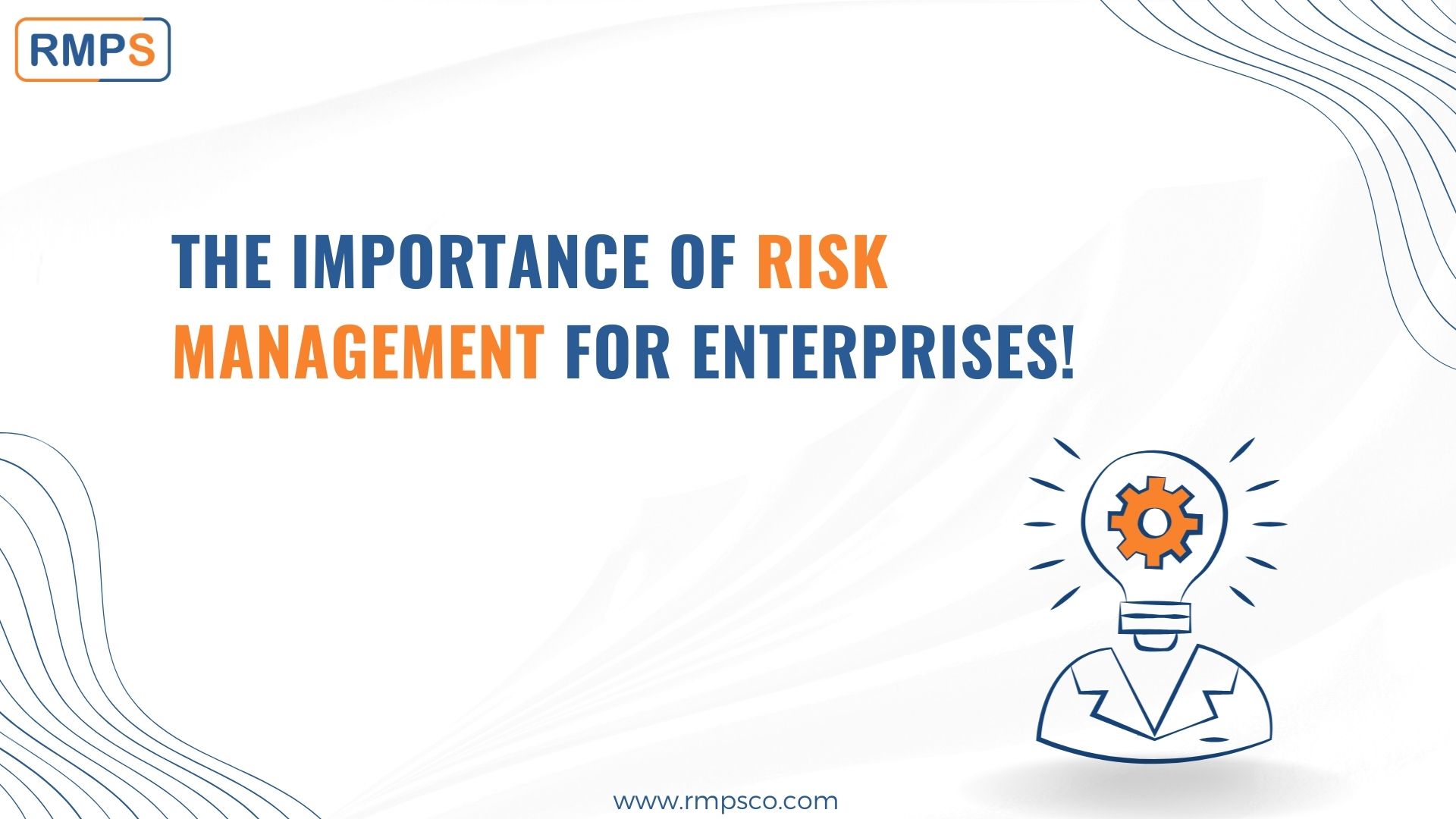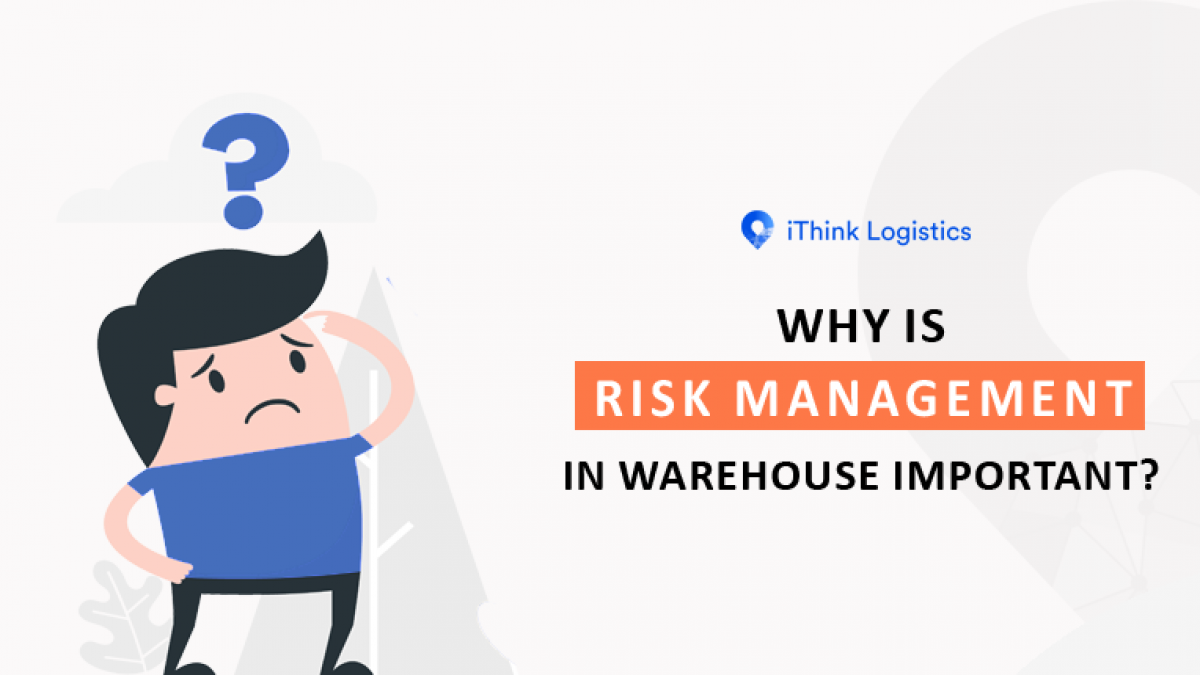Navigating the Complexities: Understanding the Importance of Risk Management
Navigating the Complexities: Understanding the Importance of Risk Management
Blog Article
The Value of Recognizing the Importance of Risk Management in Various Industries

The Core Idea of Risk Management and Its Function
Risk Management, the keystone of many industries, pivots on the identification, analysis, and reduction of uncertainties in a business atmosphere. By properly determining possible threats, companies can develop techniques to either stop these dangers from happening or lessen their effect. As soon as risks have been recognized and assessed, the reduction procedure involves developing approaches to minimize their prospective effect.
Advantages of Implementing Risk Management in Organization Procedures

Introducing the Function of Risk Management in Different Industries
While every sector faces its one-of-a-kind set of dangers, the implementation of Risk Management methods stays a common measure in their pursuit of sustainability and growth. In the medical care field, Risk Management involves guaranteeing patient security and data protection, while in money, it entails mitigating investment dangers and ensuring regulatory compliance (importance of risk management). Building and construction companies concentrate on employee security, job delays, and budget overruns. In the innovation field, companies alleviate cybersecurity risks and modern technology obsolescence. Ultimately, the role of Risk Management throughout sectors is to determine, assess, and reduce risks. It is a vital component of strategic planning, allowing companies to safeguard their properties, make best use of opportunities, and accomplish their objectives.
Real-life Situation Studies Showing Successful Risk Management
To recognize the importance of Risk Management in these many fields, one can look to a number of real-life circumstances that highlight the effective application of these measures. Toyota, upload the 2011 quake in Japan, revised its supply chain Management to decrease disturbance threats. These cases demonstrate how sectors, discovering from situations, effectively used Risk Management strategies to minimize future dangers.
Future Trends and Advancements in Risk Management Methods
Cybersecurity, as soon as a peripheral problem, has actually catapulted to the center of Risk Management, with methods focusing on discovery, prevention, and response. The assimilation of ESG (Environmental, Social, Governance) variables right into Risk Management is one more expanding trend, reflecting the raising acknowledgment of the function that social and ecological risks play in organization sustainability. Hence, the future of Risk Management exists in the blend of advanced modern technology, cutting-edge strategies, and an all natural technique.
Conclusion
In verdict, understanding the value of Risk Management throughout a spectrum of industries you could try these out is important for their long life and success. Inevitably, effective Risk Management adds to extra lasting and durable services, highlighting the value of this technique in today's vibrant and very affordable service atmosphere.
While every market faces its distinct set of dangers, the execution of Risk Management strategies continues to be a common denominator in their pursuit of sustainability and growth. In the health care industry, Risk Management involves making sure individual security and information defense, while in money, it includes mitigating financial investment threats and making sure governing conformity. Eventually, the role of Risk Management throughout markets is to identify, analyze, and minimize threats. These continue reading this situations demonstrate just additional hints how markets, learning from situations, successfully used Risk Management methods to lower future threats.

Report this page